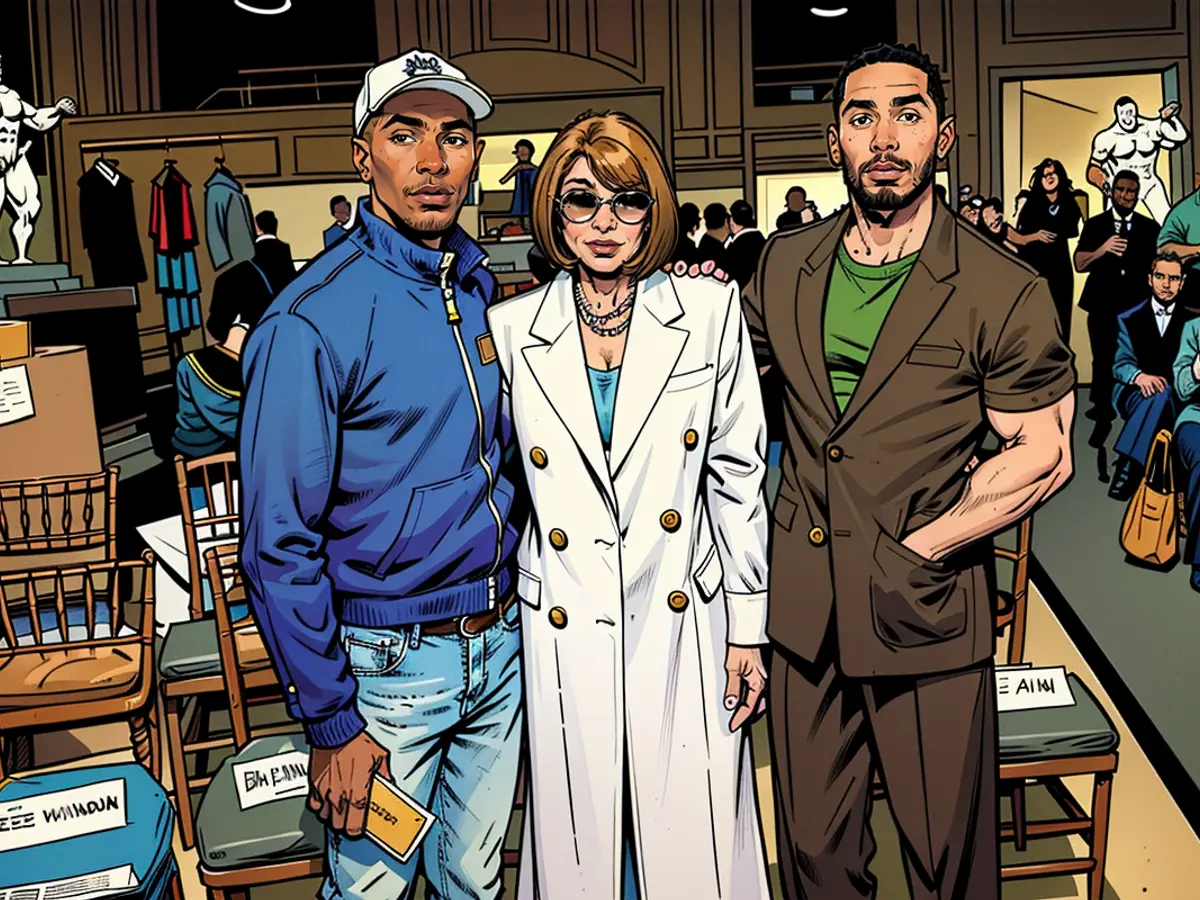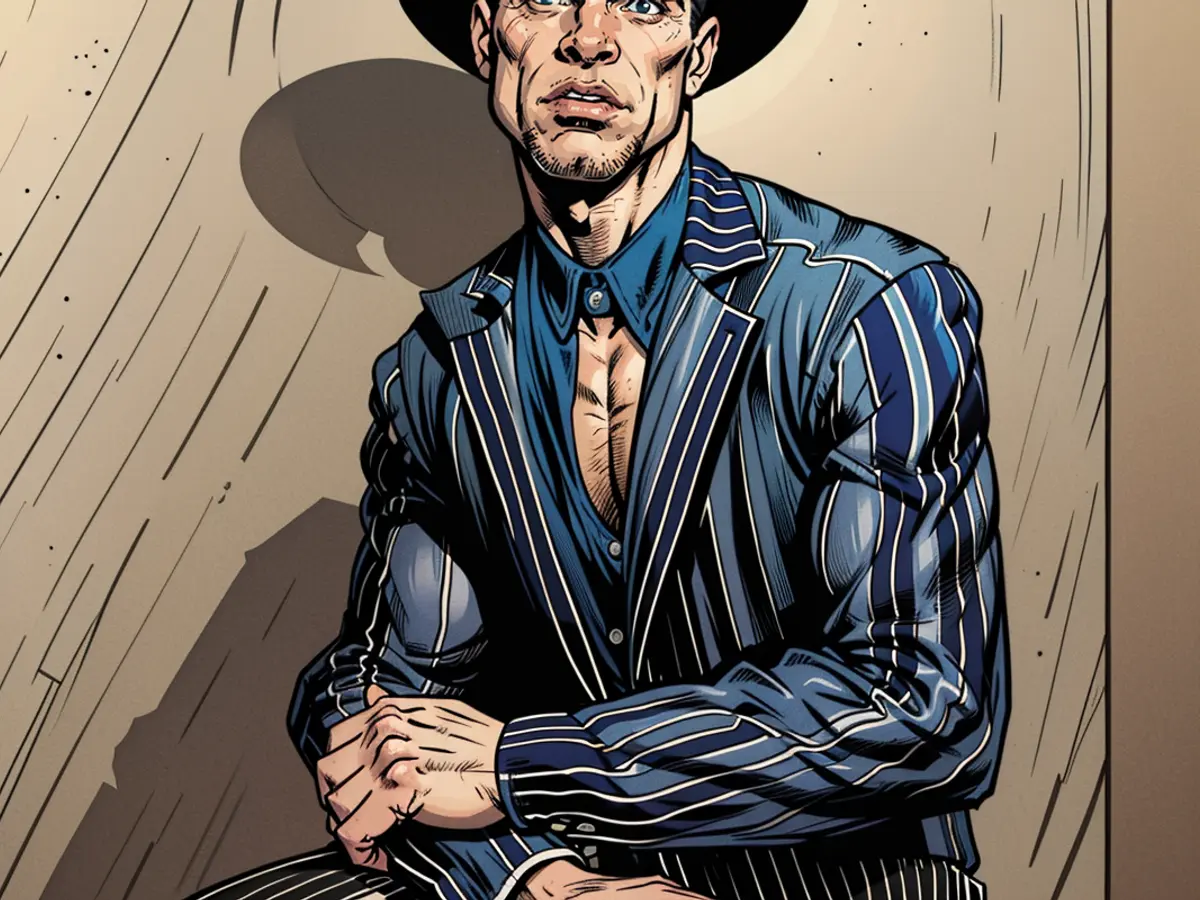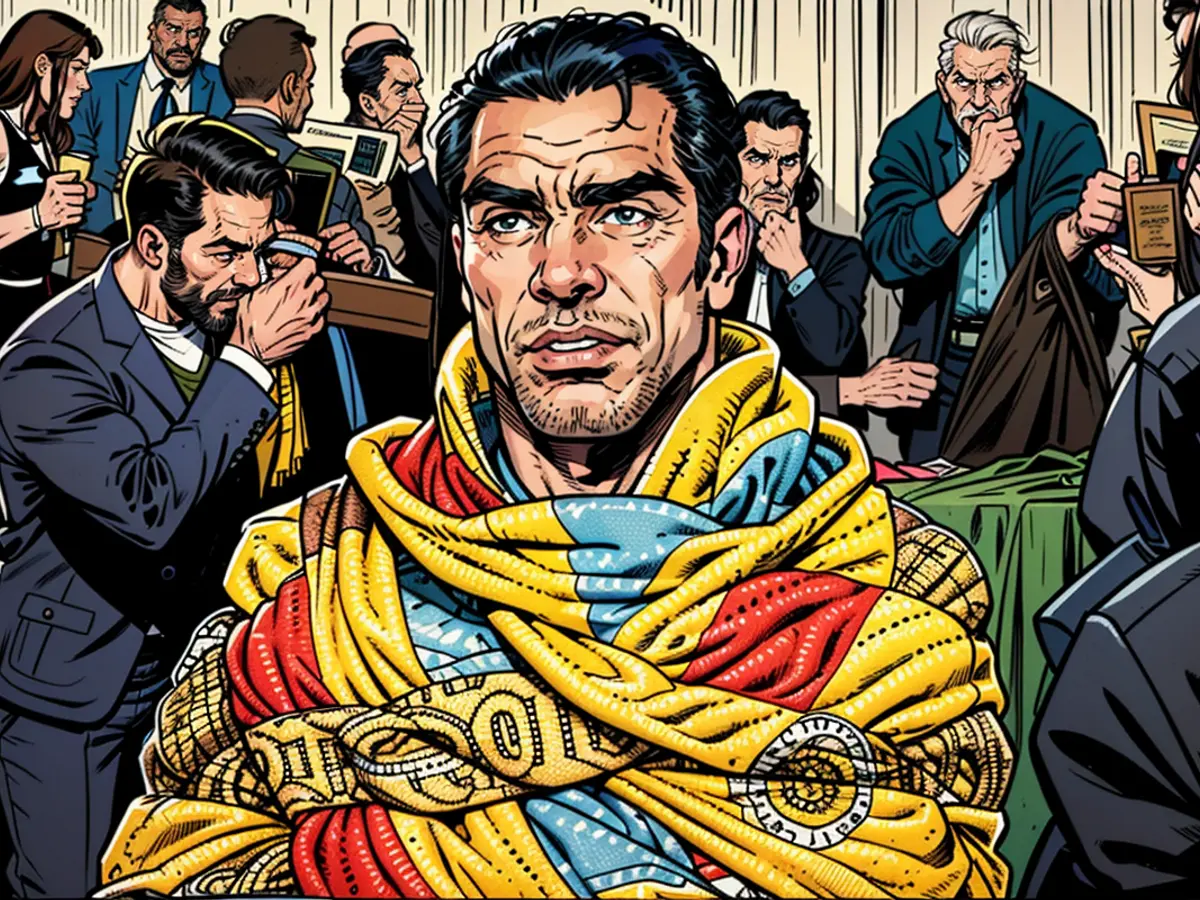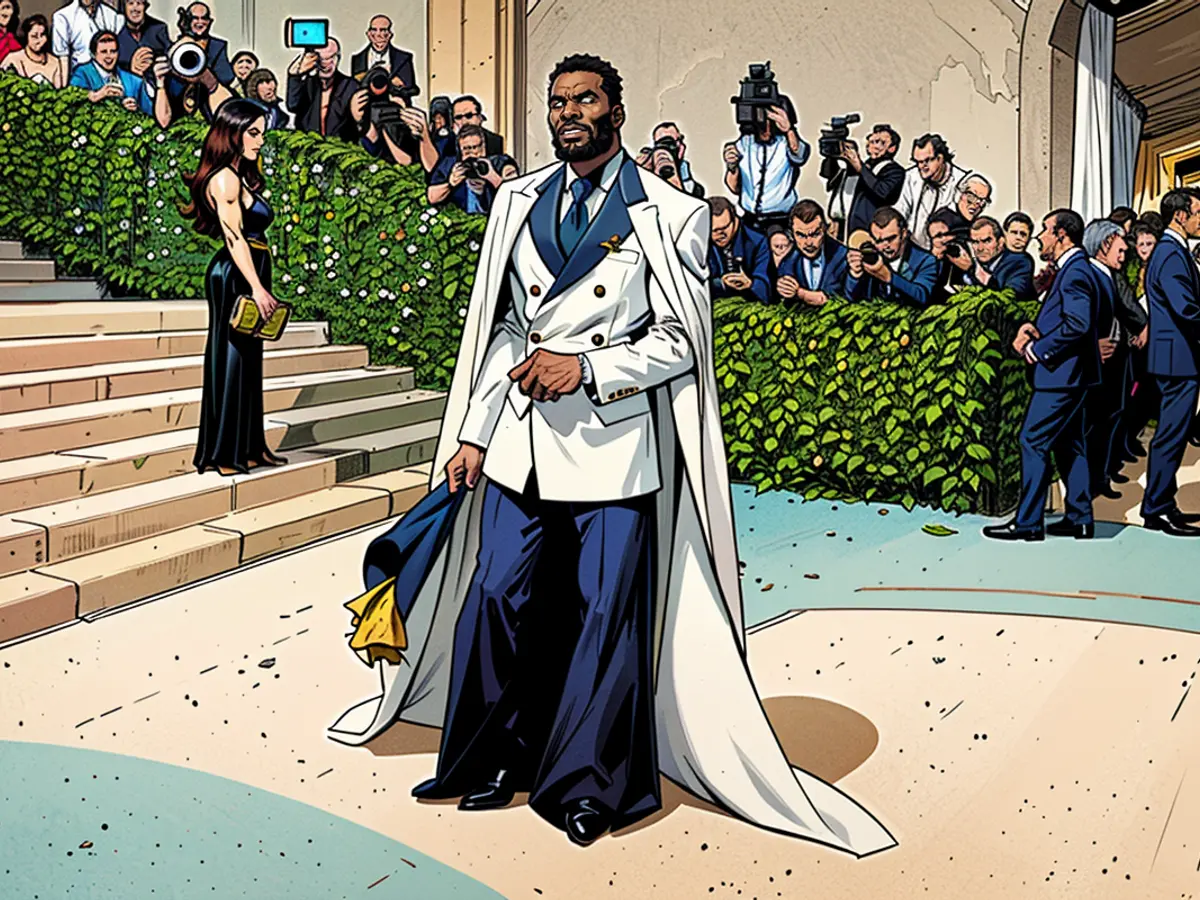A$AP Rocky, Pharrell, Lewis Hamilton, and Colman Domingo will oversee a groundbreaking Met Gala as their designated roles.
The Metropolitan Museum of Art's Costume Institute has declared its spring 2025 exhibition, titled "Superfine: Tailoring Black Style," set to praise Black dandyism throughout the 18th century, its Harlem Renaissance revival, and its influence on contemporary luxury fashion. Widely acclaimed events like the Met Gala frequently draw inspiration from these shows, encouraging celebrities to embody the theme on the red carpet.
Last year's "Garden of Time" theme, inspired by J.G. Ballard's 1962 short story, delved into themes of decay, attractiveness, and vulnerability, coinciding with the "Sleeping Beauties: Reawakening Fashion" exhibition, showcasing garments dating back four centuries, many so fragile they were unfit for contact or wear.
In preparation for the Met Gala, iconic co-chairs have been announced by the Costume Institute: Actor Colman Domingo, racing driver Lewis Hamilton, rapper A$AP Rocky, and producer Pharrell Williams. They'll collaborate with Anna Wintour, Vogue's editor-in-chief, to plan the event, aided by honorary co-chair LeBron James.
These style pioneers have a track record with the Met Gala. Domingo wore a remarkable white cape suit adorned with black Calla lilies in 2024, while A$AP Rocky boasted a thrifted grandma quilt in 2021. Pharrell Williams, Men's creative director at Louis Vuitton, sponsors of the event, and a prolific Black designer, has designs directly linked to dandyism known for its flamboyant collections, distinctive silhouettes, and innovative men's tailoring.

The exhibition, driven by historian Monica L. Miller's book "Slaves to Fashion: Black Dandyism and the Styling of Black Diasporic Identity," will achieve several historical firsts. It's the first Met Gala exhibition to concentrate solely on Black fashion design, with Miller set to become the first Black Costume Institute curator, collaborating with Andrew Bolton to organize the exhibit.
Dandyism, trendy in menswear since the 1790s in London and Paris, is characterized by elegance and flamboyant attire. Enslaved men adopted this extravagant fashion, earning recognition as "sartorial novelties," according to Miller's book. Dandyism's heritage is deeply rooted in African aesthetics, evolving into a transgressive global subculture.
Andrew Bolton, Costume Institute curator in charge, cited its fashion influence in a statement, commending Black designers who have revitalized menswear within the lineage of dandyism.

"At the forefront of this revitalization, there's a group of extraordinarily gifted Black designers who consistently challenge conventional identity classifications," he said. "Although their styles display unique individuality, these designers share a reliance on symbols stemming from the dandyism tradition, particularly Black dandyism."
Monica Miller hinted at an exhibition examining the intertwined concepts of fashion, race, identity, and power. Dandyism played a transformative role in Black Americans' self-determination and dignity, with the story still unfolding in contemporary culture.
"Black dandyism illustrates how Black people evolved from being slaves, portrayed as luxury items chosen to signify wealth and status, into autonomous, self-fashioning individuals who lead global fashion trends," she said. "The exhibition will emphasize the aesthetic innovativeness the dandy encourages and the ways sartorial experimentation expresses both assimilation and distinction, ultimately telling a tale about self and society."

The upcoming "Superfine: Tailoring Black Style" exhibition at the Metropolitan Museum of Art will highlight how Black dandyism influenced contemporary luxury fashion, providing opportunities for celebrities to embodied the theme on events like the Met Gala. Pharrell Williams, a prolific Black designer known for his flamboyant collections and distinctive men's tailoring, will contribute to the exhibition as Men's creative director at Louis Vuitton, the event's sponsor.








